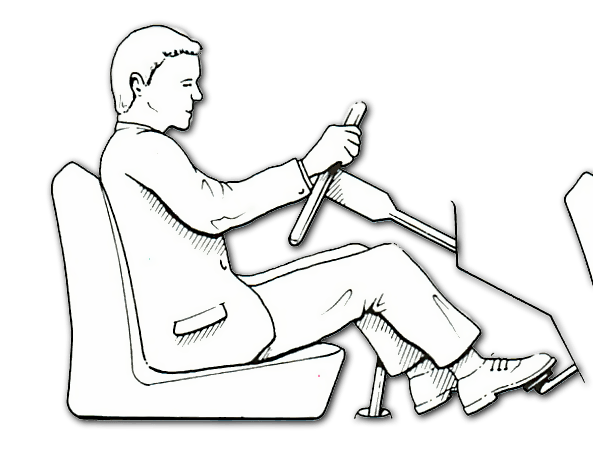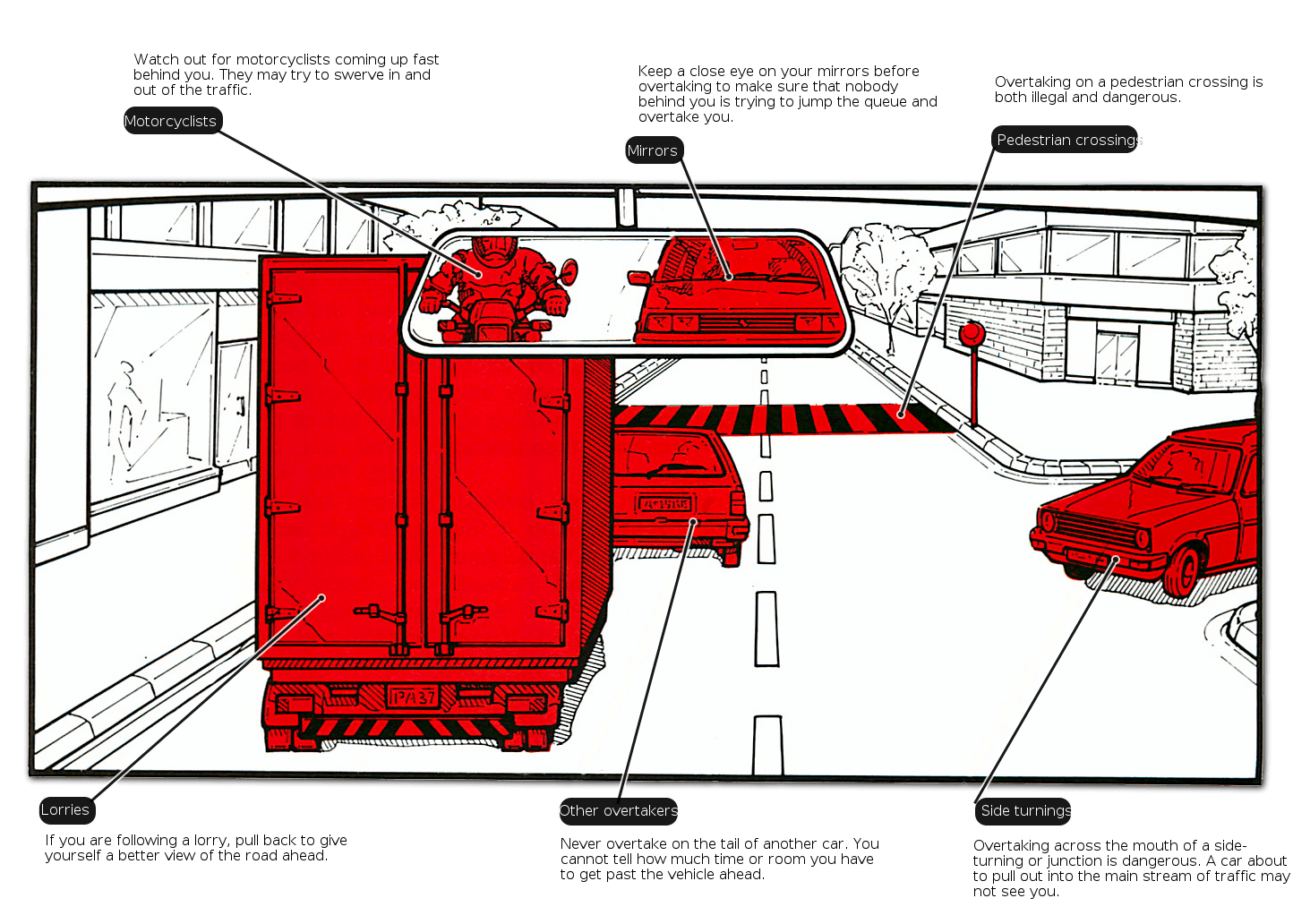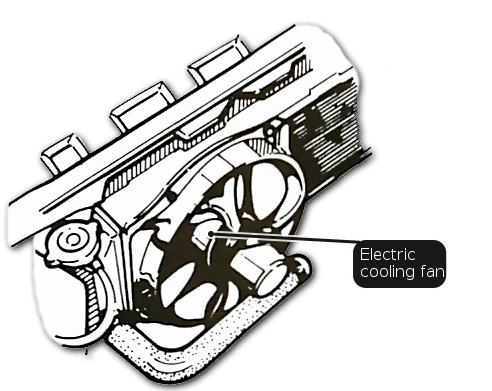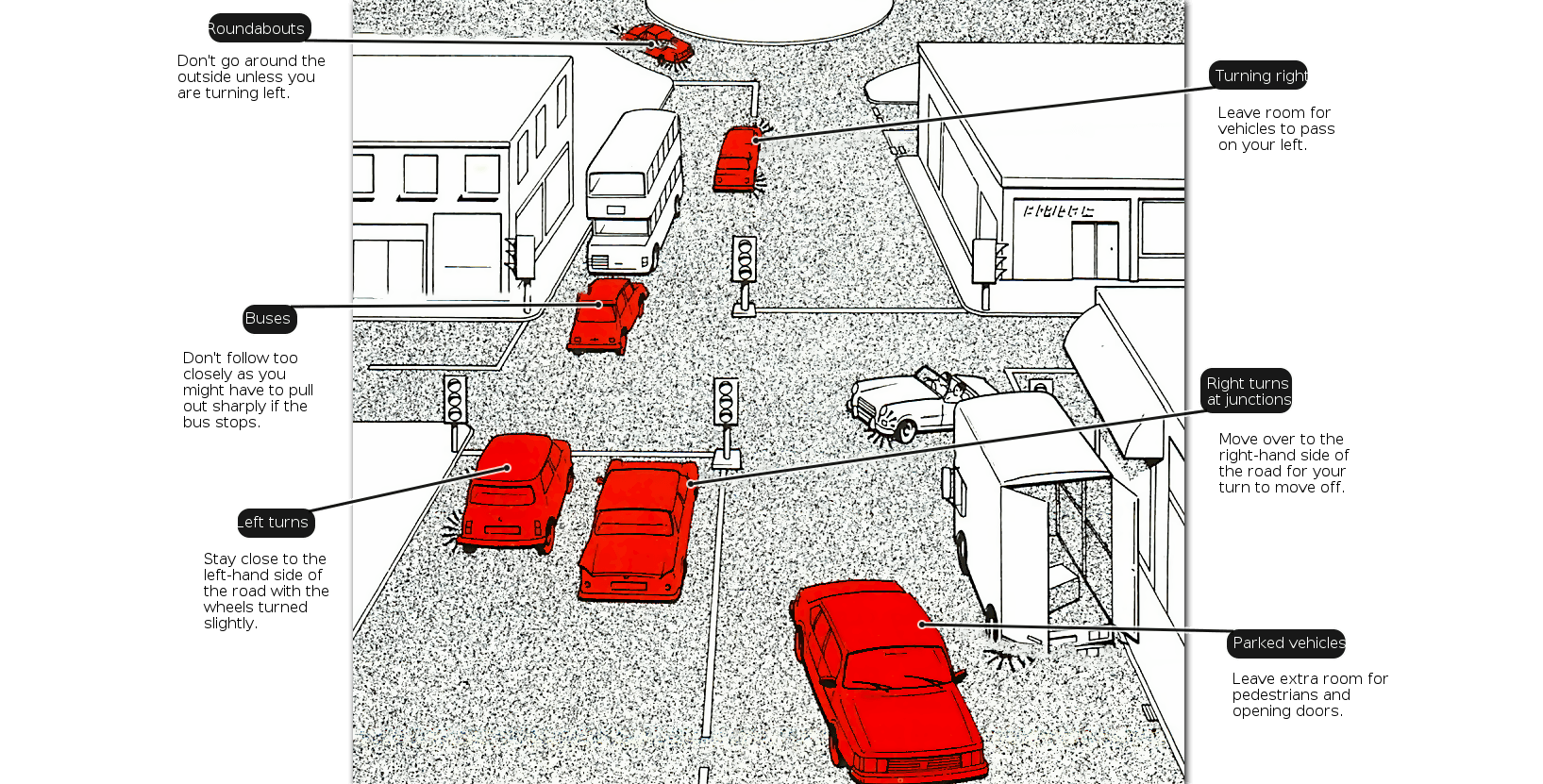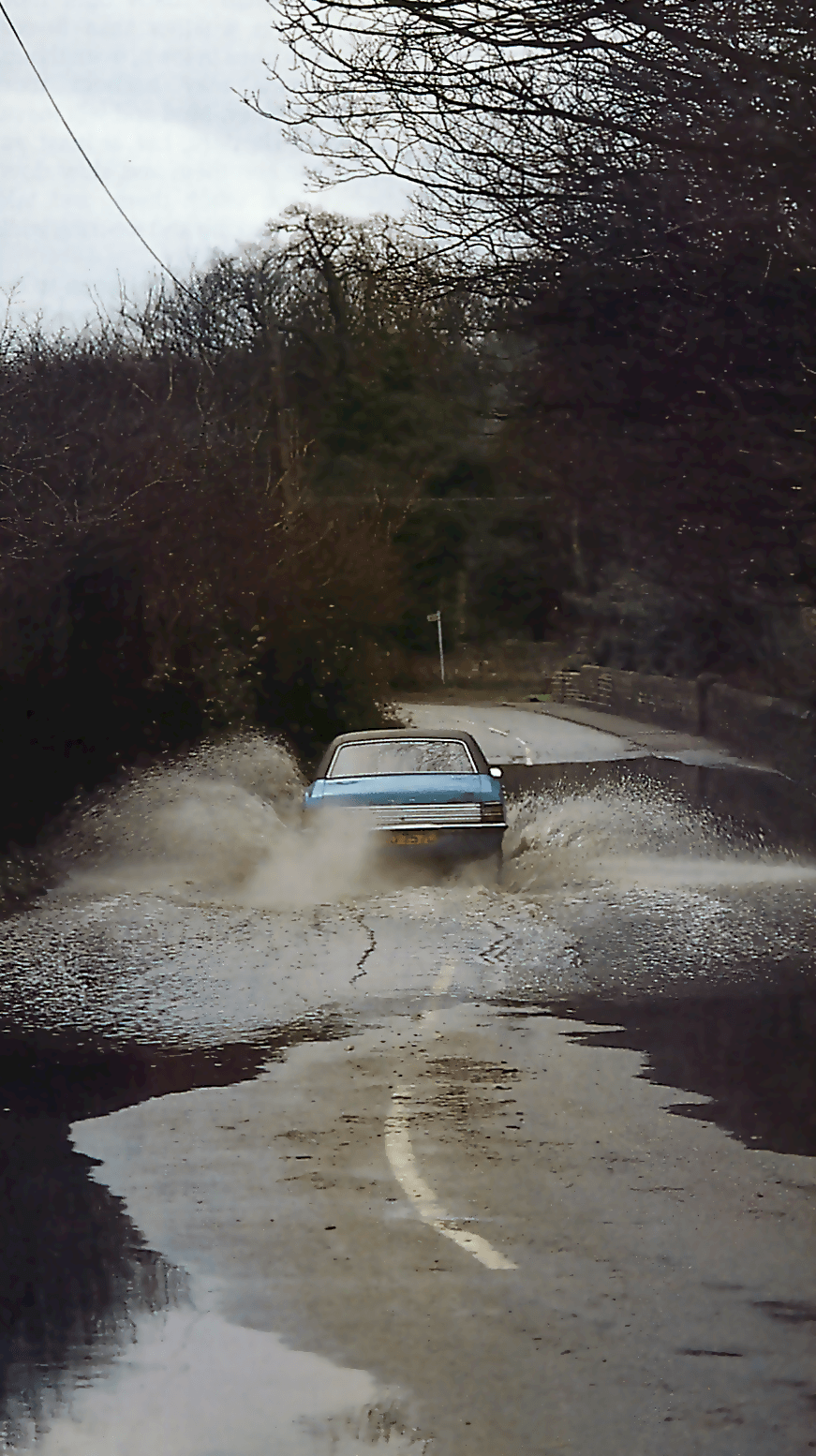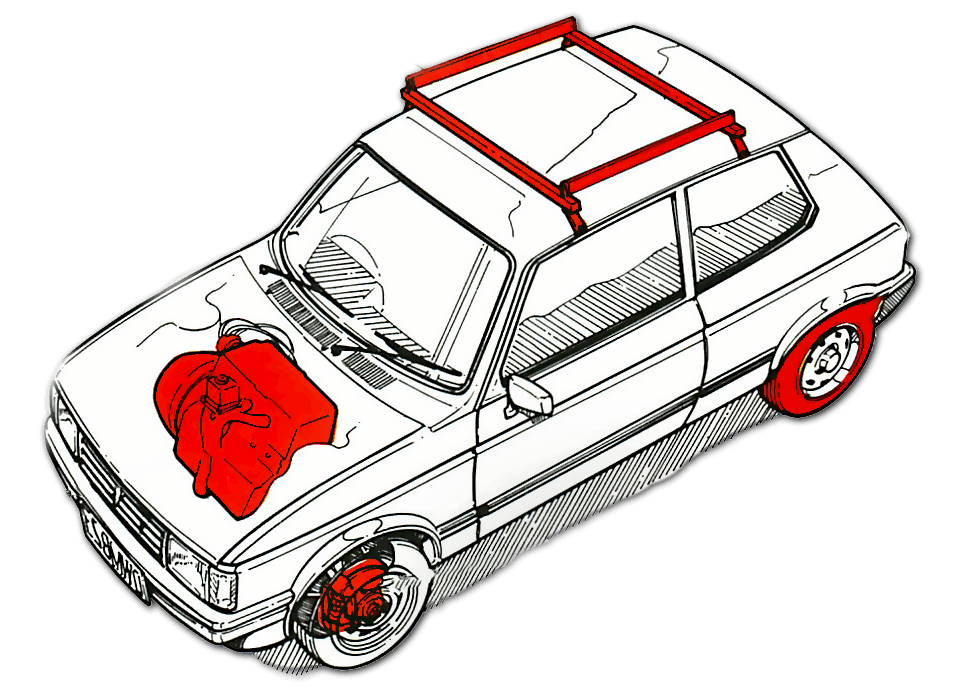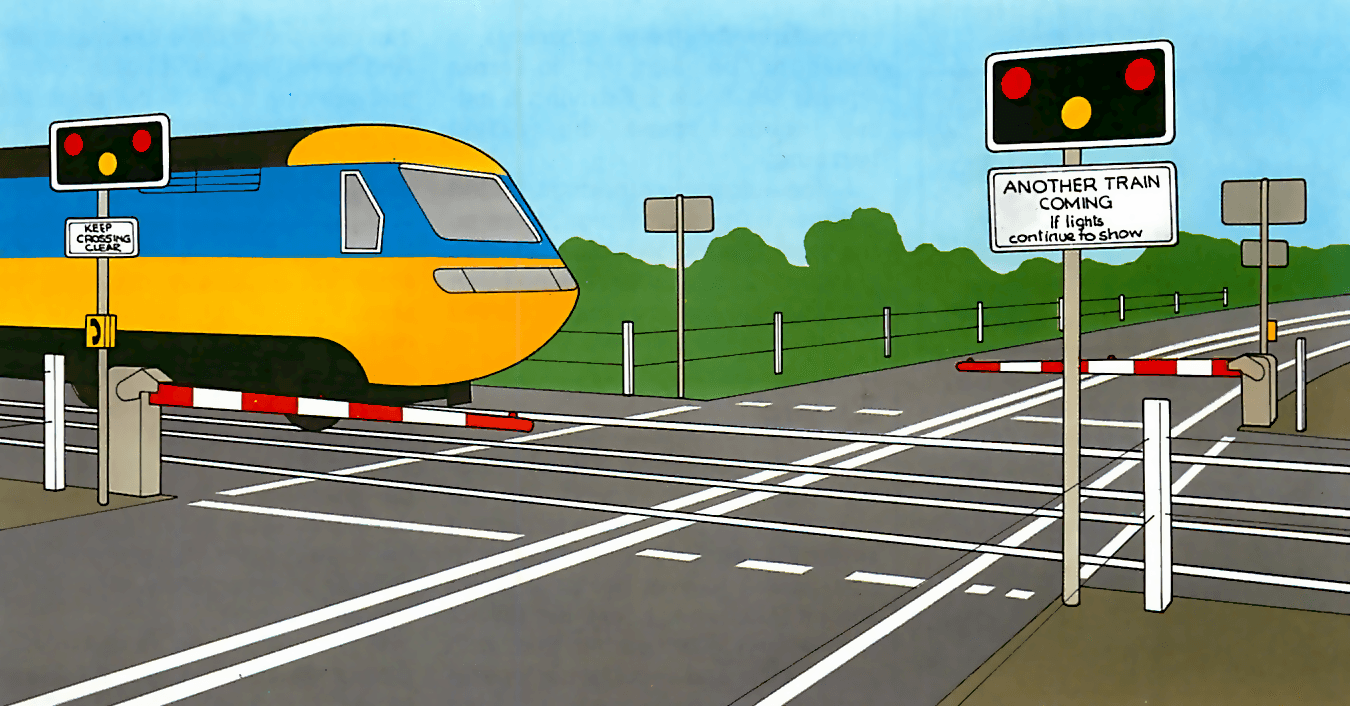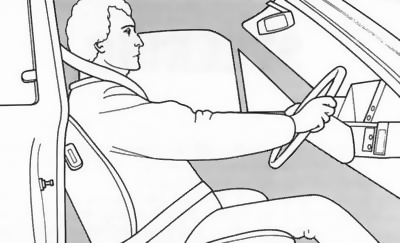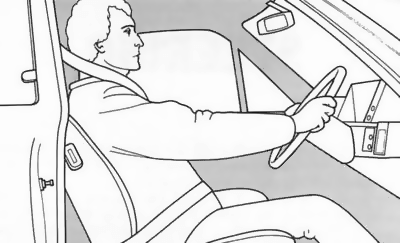How to make driving comfortable
Seat too upright, forcing you to bend your arms. Steering wheel to far away, making you bend your legs. Some cars seats can force you to slump too low down. The ideal position with legs and arms angled for maximum comfort. You often have to compromise on a seating position because of lack of full adjustability. Common problems are a fixed seat that is too upright, forcing you to bend your arms to allow your feet to reach the pedals; and a steering wheel that is too far away, forcing…
Read More